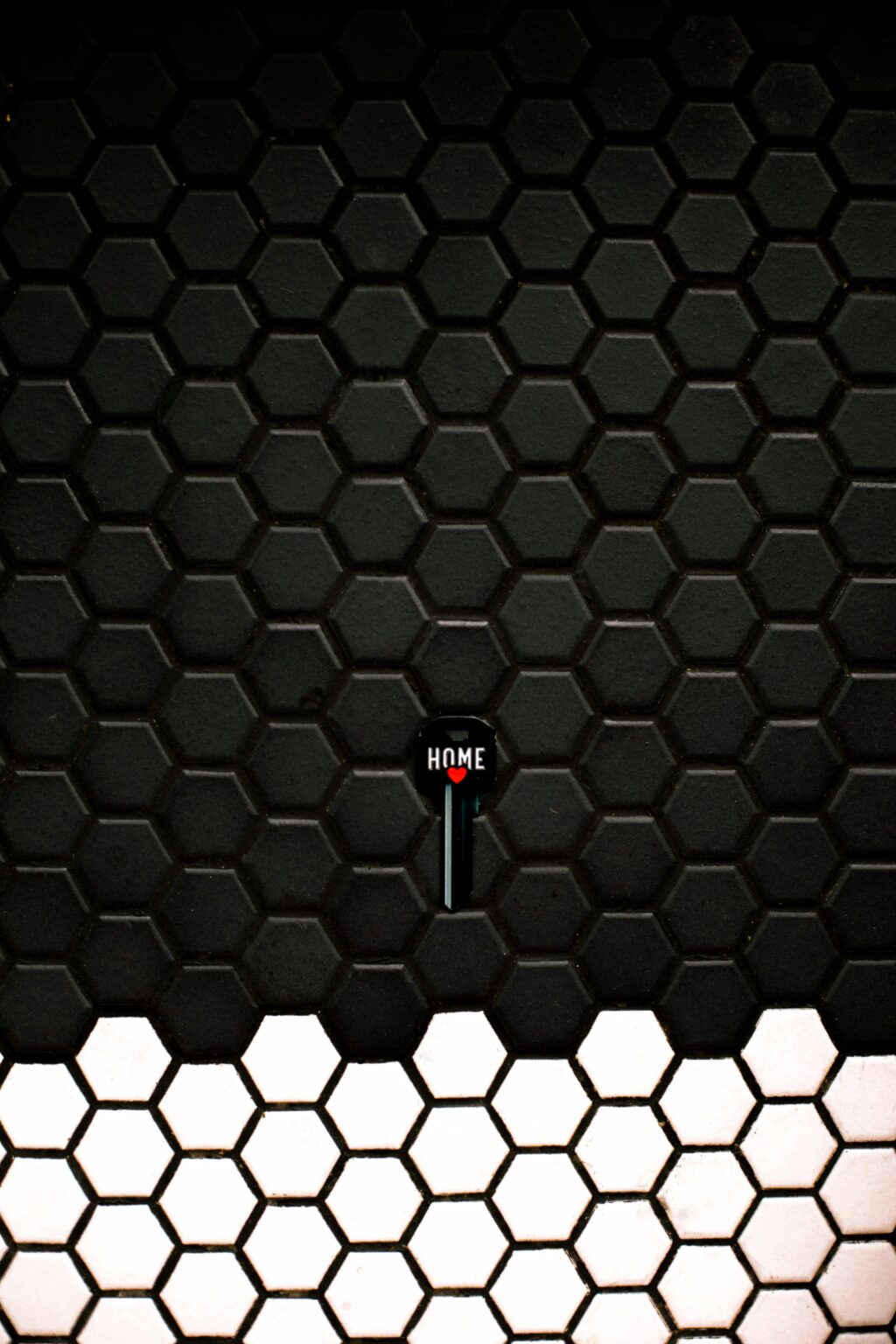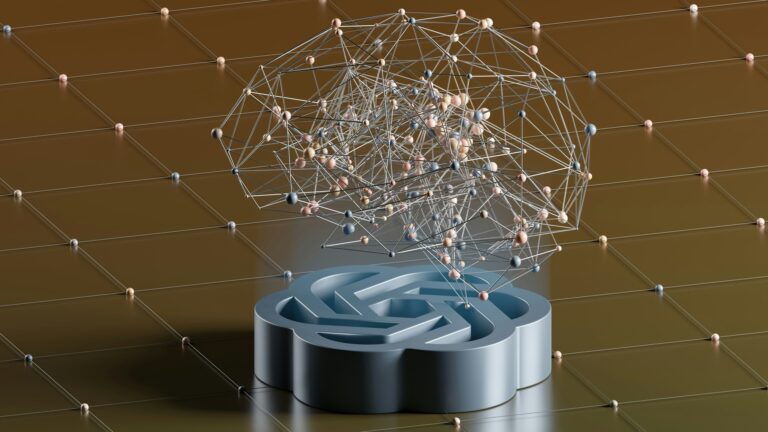
Introduction
Imagine an electricity network that adapts to your needs, reduces outages, saves energy, and integrates renewable sources like solar and wind seamlessly. This is the vision of smart grids, a modernized approach to delivering power that combines advanced technology with traditional electrical infrastructure. Unlike conventional grids, smart grids use digital tools, sensors, and automation to create a more reliable, efficient, and eco-friendly energy system. This article explores what smart grids are, how they work, their real-world applications, current trends, and their potential to transform our energy landscape, all in an engaging and accessible way for everyone.
What is a Smart Grid?
A smart grid is an intelligent electricity distribution network that uses digital communication, sensors, and automation to monitor and manage the flow of electricity. It connects power producers, consumers, and grid components in real-time, enabling two-way communication and dynamic adjustments. This makes the grid more resilient, efficient, and capable of integrating diverse energy sources.
Key Features of Smart Grids
- Two-Way Communication: Unlike traditional grids, smart grids allow data exchange between utilities and consumers.
- Self-Healing: Sensors detect and respond to faults, reducing outages and repair times.
- Energy Efficiency: Optimizes electricity distribution to minimize waste.
- Consumer Empowerment: Provides tools for users to monitor and manage their energy use.
- Renewable Integration: Supports clean energy sources like solar, wind, and hydropower.
For example, a smart grid can detect a power surge in a neighborhood and reroute electricity to prevent a blackout, while also informing homeowners about their usage patterns.
How Smart Grids Work
Smart grids rely on a combination of hardware, software, and communication technologies to deliver intelligent energy management. Here’s a simplified overview:
- Sensors and Meters: Smart meters at homes and businesses measure electricity usage in real-time, sending data to utilities. Sensors on power lines monitor voltage, current, and faults.
- Communication Networks: Data travels via wired (fiber optics) or wireless (5G, Wi-Fi) networks, enabling real-time interaction between grid components.
- Data Analytics: Advanced software processes data to predict demand, optimize supply, and detect anomalies like equipment failures.
- Automation: Smart grids use automated controls to balance load, reroute power, or integrate renewable energy sources dynamically.
- Consumer Interfaces: Apps or dashboards let users track usage, set preferences, or schedule appliances to run during off-peak hours.
For instance, during a heatwave, a smart grid might reduce strain by automatically lowering non-critical loads (like air conditioners) while prioritizing hospitals, all while notifying consumers via their smart meters.
Behind every good headline is research — and behind every good trade is strategy. Dive into the finance section now.
Real-World Applications of Smart Grids
Smart grids are transforming energy systems worldwide, offering practical solutions for modern challenges.
Energy Efficiency and Cost Savings
Smart grids help consumers save money by providing real-time usage data. In California, Pacific Gas & Electric’s smart meter program allows households to shift high-energy tasks (like laundry) to off-peak hours, lowering bills and easing grid stress.
Renewable Energy Integration
Smart grids make it easier to incorporate renewable sources. In Germany, smart grids manage the variability of wind and solar power, ensuring stable supply even when weather changes. Homeowners with solar panels can sell excess power back to the grid seamlessly.
Outage Prevention and Recovery
Smart grids reduce blackout risks through self-healing capabilities. In Florida, Florida Power & Light uses smart grid sensors to detect faults and reroute power, minimizing disruptions during hurricanes.
Electric Vehicle (EV) Support
Smart grids support the growing demand for EV charging. In the UK, National Grid’s smart charging systems balance EV charging with grid capacity, preventing overloads while offering cheaper rates for off-peak charging.
Demand Response Programs
Utilities use smart grids to manage peak demand. In Ontario, Canada, Toronto Hydro’s demand response program incentivizes businesses to reduce usage during high-demand periods, stabilizing the grid and reducing the need for costly backup plants.
Current Trends in Smart Grids
As of June 2025, smart grids are evolving rapidly, driven by technological advancements and global sustainability goals. Here are key trends:
Artificial Intelligence (AI) Integration
AI enhances smart grids by predicting demand, optimizing renewable integration, and detecting faults. For example, Google’s DeepMind uses AI to reduce data center energy use, a technique now applied to smart grids for efficiency gains.
5G Connectivity
5G networks provide fast, reliable communication for smart grid devices, enabling real-time data exchange. In South Korea, 5G-powered smart grids support millions of IoT sensors, improving grid responsiveness.
Cybersecurity Enhancements
With grids becoming digital, cybersecurity is critical. Advanced encryption and AI-driven threat detection protect smart grids from cyberattacks. The U.S. Department of Energy is investing in quantum cryptography to secure grid communications.
Microgrids and Decentralization
Microgrids—small, localized grids—work with smart grids to enhance resilience. In Puerto Rico, microgrids powered by solar and batteries provide backup during outages, integrated with the main smart grid for efficiency.
Energy Storage Solutions
Smart grids are pairing with advanced batteries to store renewable energy. Tesla’s Powerwall, used in Australia’s smart grid projects, stores solar energy for use during peak demand, reducing reliance on fossil fuels.
Benefits of Smart Grids
Smart grids offer significant advantages:
- Reliability: Self-healing and fault detection reduce outages and improve service.
- Efficiency: Optimized distribution minimizes energy waste, lowering costs.
- Sustainability: Supports clean energy, reducing carbon emissions.
- Consumer Control: Real-time data empowers users to save energy and money.
- Resilience: Adapts to disruptions like storms or cyberattacks, ensuring stability.
Challenges of Smart Grids
Despite their promise, smart grids face hurdles:
- High Costs: Upgrading aging infrastructure and deploying smart meters is expensive.
- Cybersecurity Risks: Digital systems are vulnerable to hacking, requiring robust defenses.
- Interoperability: Integrating diverse devices and standards can be complex.
- Consumer Adoption: Some users resist smart meters due to privacy concerns or lack of awareness.
- Rural Deployment: Extending smart grids to remote areas is challenging due to infrastructure limits.
Addressing these requires investment, public education, and regulatory support.
The Future of Smart Grids
Smart grids are set to redefine energy systems by 2030, with transformative impacts:
- Global Sustainability: Smart grids will help meet climate goals by maximizing renewable energy use.
- Smart Cities: Integrated with IoT, smart grids will power efficient urban systems, from traffic to waste management.
- Consumer-Centric Energy: Advanced tools will let users generate, store, and sell energy, creating decentralized markets.
- Resilient Infrastructure: AI and microgrids will make grids nearly immune to disruptions.
- Universal Access: Efforts to expand smart grids in developing regions will improve energy equity.
Continued innovation and collaboration will ensure smart grids deliver on their promise.
Conclusion
Smart grids are revolutionizing how we produce, distribute, and consume electricity, offering a path to a more reliable, efficient, and sustainable energy future. From reducing outages to empowering consumers and supporting renewable energy, their applications are vast and impactful. As trends like AI integration, 5G connectivity, and energy storage drive progress, smart grids promise to create intelligent energy systems that benefit society and the planet. By overcoming challenges like cost and cybersecurity, smart grids can power a connected, greener world for generations to come.





